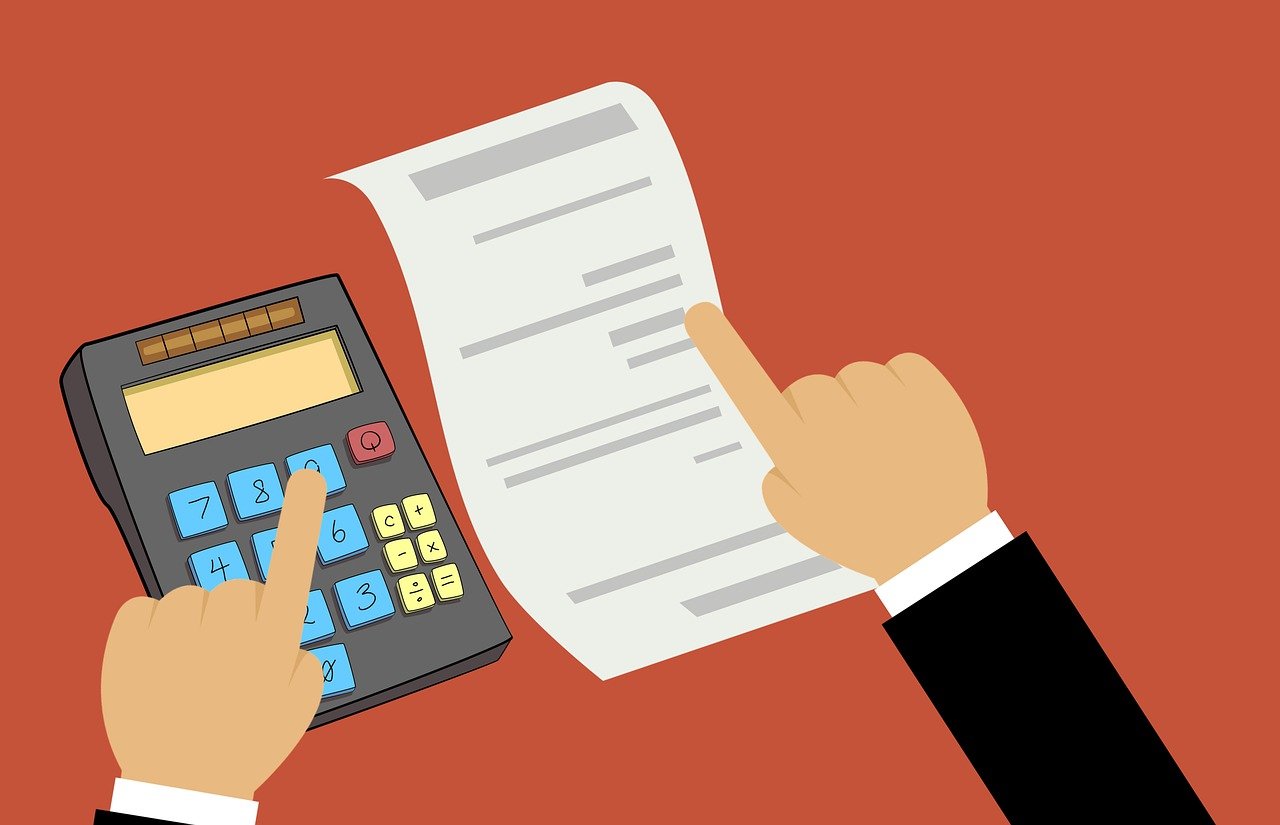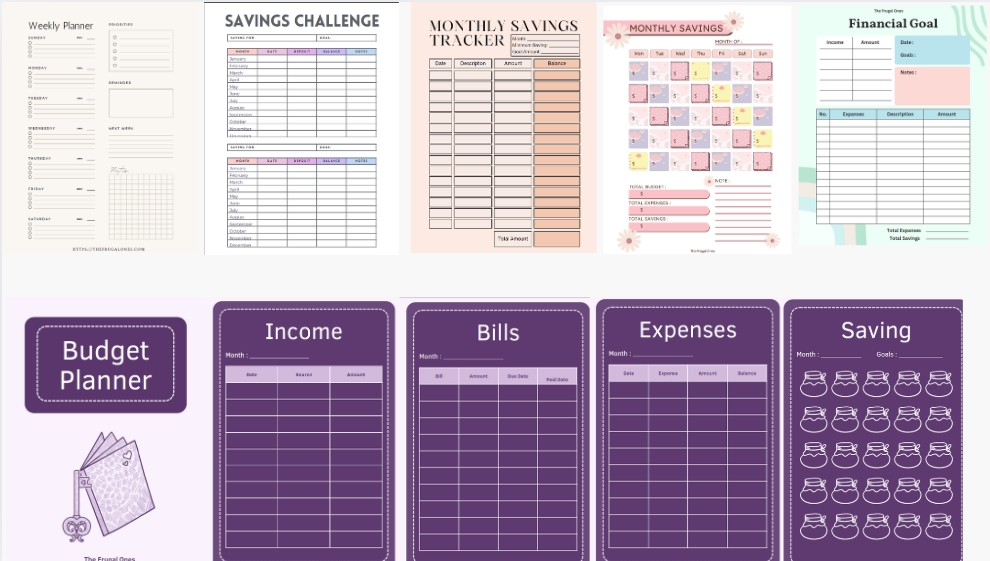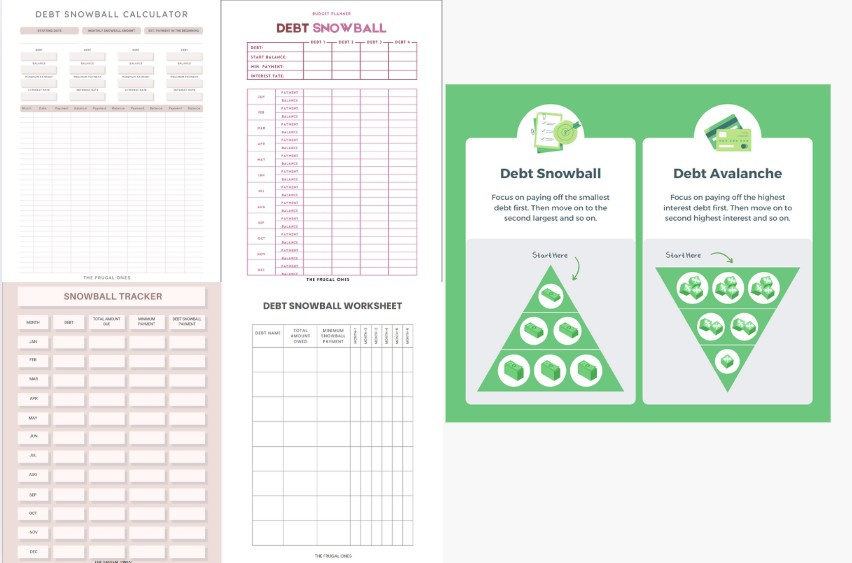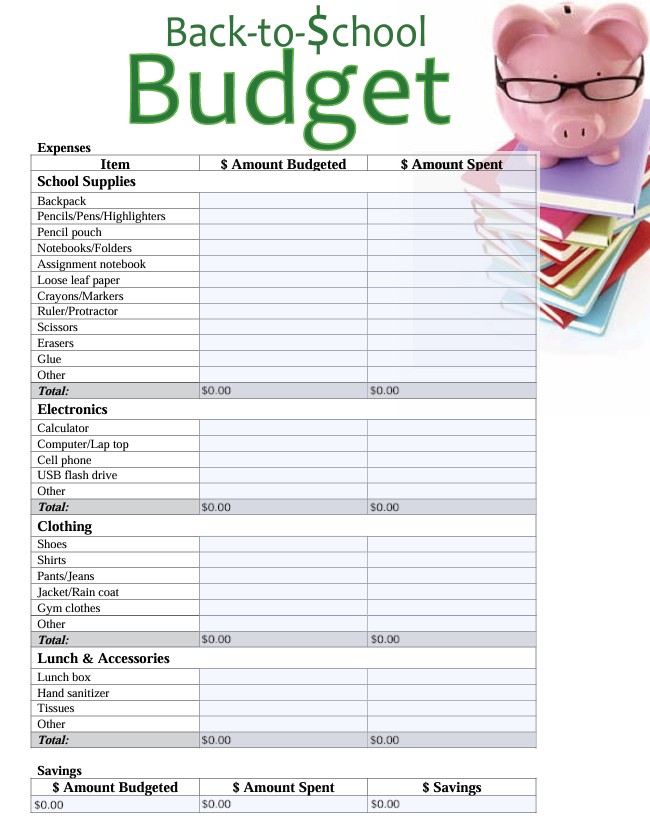Trying to save $5,000 in 3 months can feel tough when bills keep coming. You don’t need a big salary or to cut every little expense. This goal is for anyone—parents, young workers, side job earners, or college students—who want to see real change fast. With a money challenge solid plan and a clear list of steps, $5,000 stops being far off and becomes something you can actually reach.

Money Challenge: Set Your $5000 Savings Roadmap
Success begins with a clear plan. Imagine driving without knowing where you’re going, how long it will take, or if you have enough gas. Saving money is the same. A simple plan, real reasons, and some prep give you control.
Money Challenge: Define Your Why and Set a Clear Goal
Think about what $5,000 means to you. Is it for an emergency, paying off debt, or a trip you’ve dreamed of? Write your reason down where you’ll see it every day. Having a clear goal changes “I should save” into “I will save.”
Experts say writing down clear, personal goals helps people save more. Dr. Katy Milkman, a behavioral scientist, says, “When you tie saving to something that matters, you stick with it better.”

Money Challenge: Break Down the $5000 Timeline
Don’t get stuck staring at a big number. Split $5,000 into bite-sized pieces:
- 3 months = 13 weeks
- $5,000 ÷ 13 = about $385 a week
- Or $5,000 ÷ 3 = about $1,667 a month
Tracking smaller targets feels doable. Grab a sheet of paper, a phone app, or a whiteboard. Mark each week’s goal. Watch those targets drop, one by one. Nothing like a visual progress bar to boost motivation.
Money Challenge: Prepare Your Finances for Takeoff
Before starting a sprint like this, financial housekeeping matters. List your checking, savings, and credit balances. Identify all your recurring charges—subscriptions, insurance, loan payments.
A few first steps:
- Cancel unused streaming and other monthly subscriptions.
- Set up banking alerts for low balances or big withdrawals.
- Schedule 10 minutes each week to check in on your plan.
Consider this like organizing your kitchen before starting a big cooking project. Less clutter, more room to breathe.

Maximize Income and Slash Spending: Your Action Checklist
There are two levers to pull—earn more or spend less. For most people, a mix works. This checklist covers moves you can start today to shift your numbers, fast.
Boost Your Earnings: Creative and Practical Methods
You don’t need a new degree or a big promotion—just focused action.
Side hustles often pay off fastest. Try these:
- Freelance or gig jobs: Writing, editing, social media help, or online tutoring. Platforms like Upwork, Fiverr, or VIPKid make it easy.
- Part-time work: Pick up evening or weekend shifts at local businesses or with ride-sharing and delivery apps.
- Sell what you own: Unused electronics, clothes, or furniture add up. Facebook Marketplace, Mercari, and eBay are simple to use.
- Negotiate your income: Ask your employer for overtime or extra shifts. If you’re overdue for a raise, now is the time to mention it (armed with examples of your recent impact).
- Micro-businesses: Offer pet-sitting, car washing, or online classes (English or skills you have). Starting from scratch can snowball into real cash—think teaching kids coding, selling art prints, or launching a Cricut-based Etsy store.
Don’t underestimate small wins—they can compound quickly over a few months.

Drastically Cut Your Expenses Without Guilt
Cutting spending doesn’t mean living like a hermit. Instead, focus on high-impact tweaks:
Eat smarter, not harder:
- Meal prep large batches at the start of the week.
- Buy pantry staples in bulk when they’re on sale.
- Clip grocery store coupons and stack apps for more savings.
- Leftovers make great lunches—skip the pricey sandwich shop runs.
Stop auto-piloting your money:
- Hit pause on subscription boxes, streaming services, or digital memberships. Most can be switched off temporarily.
- Check your phone plan, cable package, and car insurance; renegotiate or switch companies for better rates.
- Try a no-spend challenge: For one week, buy only essentials—no coffee runs, no impulse online shopping.
- Get creative with fun: Look for free museum days, park events, or game nights at home instead of costly outings.
Every recurring cost paused or reduced puts a little more wind behind your savings sails. A $10 subscription may sound small, but multiplied by several services and three months, it can easily add up to hundreds.
Master the Art of Budgeting for Fast Results
Budgeting doesn’t need to feel like homework. Find a method you’ll actually use.
Popular approaches:
- Zero-based budgeting: At the start of each month, assign every dollar a job—expenses, savings, or fun. Nothing gets left floating, so waste is hard to ignore.
- Envelope system: Track your spending by keeping cash in envelopes for each category. When the envelope is empty, you stop spending.
- Budgeting apps: Tools like YNAB (You Need A Budget), Mint, and PocketGuard help track spending, set goals, and send alerts—all from your phone.
Daily habit shifts make a difference:
- Review spending for five minutes each day.
- Cancel one “not needed” purchase per week.
- Move any “extra” cash (like birthday money or refunds) straight into your savings.
Budgeting is less about setting limits and more about showing where your money is hiding. The clarity you gain makes it easier to say yes to your goals, and no to mindless spending.
Use this Checklist as your Blueprint
Saving $5,000 in three months doesn’t mean being perfect. It means making a clear plan, staying focused on why you want it, and taking real steps each day. Skipping a subscription, picking up extra work, or bringing lunch instead of buying it—each move brings you closer.
You’re not doing this alone. Many have tried and ended up with more money and confidence. This checklist can guide you. Follow each step, watch your progress, celebrate small wins, and see your savings grow. With determination, $5,000 is closer than you think. If you need downloads to inspire you: Downloads – The Frugal Ones.


Simple Savings Challenges for Busy People with Tight Budgets
Take the 30-Day No-Spend Challenge: Hit Reset on Your Finances
Take the 7-Day No-Spend Challenge
How to Stop Living Paycheck to Paycheck [Practical Tips for 2025]














